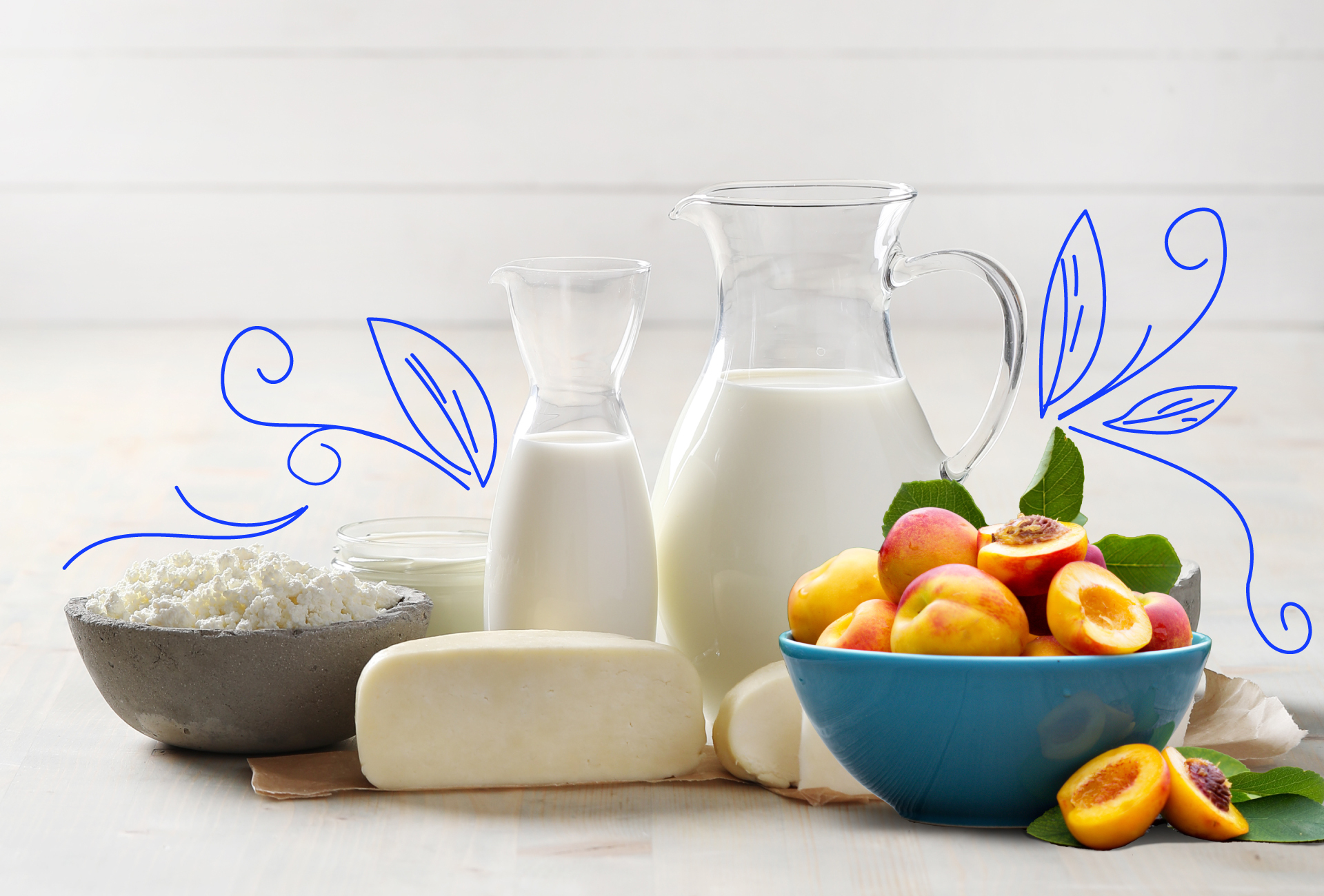
We are committed to sharing our research discoveries with you as we recognize that it is essential to rely on data-driven insights to uncover the true sources of dietary sensitivities. We aim to provide reliable information that empowers you to take control of your gut health!
Get ready to learn about some of the groundbreaking findings from our user data analysis. This article unveils some paradoxes present in data collected from AIRE 2 users, delves into the benefits of embracing a diverse diet, and uncovers the impact of reducing FODMAP intake on your gut microbiome.
We are committed to sharing our research discoveries with you as we recognize that it is essential to rely on data-driven insights to uncover the true sources of dietary sensitivities. We aim to provide reliable information that empowers you to take control of your gut health!
Get ready to learn about some of the groundbreaking findings from our user data analysis. This article unveils some paradoxes present in data collected from AIRE 2 users, delves into the benefits of embracing a diverse diet, and uncovers the impact of reducing FODMAP intake on your gut microbiome.
Is it lactose intolerance or foods high in sorbitol that are causing you digestive discomfort? The data from AIRE 2 users has revealed some intriguing paradoxes when it comes to identifying problem foods.
One paradox revolves around dairy, which is consistently listed as the top eliminated food in most countries. Surprisingly, lactose, a component of dairy, exhibits the lowest test positivity rate in the majority of the countries tested. This discovery challenges the common perception that lactose intolerance is a major culprit for digestive discomfort, revealing that the perceived problem often differs from the actual issue.
On the other end of the spectrum, our data has shed light on another food component, sorbitol. Based on the most commonly eliminated foods, sorbitol is the least suspected culprit of digestive discomfort. However, sorbitol has the highest test positivity rate in every country within our data set. This unexpected finding suggests that it may play a more prominent role in triggering digestive discomfort than previously thought.
These paradoxical observations emphasize the importance of using data-driven analysis to uncover and address issues related to problematic foods. The decision to limit certain foods in your diet is an important decision that can have a lasting impact on your gut health. Therefore, a data-driven approach enables you to reevaluate your assumptions and make informed choices that support your gut health.
Sorbitol belongs to a group of sugar alcohols known as polyols. It occurs naturally in various fruits and vegetables and is also used as an additive in diet versions of food and beverages.
Some examples of foods with sorbitol include:
Apple (fresh) – 160g (one apple) is high FODMAP
Apricot – 70g (two apricots) is high FODMAP
Avocado – 80g (half an avocado) is high FODMAP
Blackberries – 160g is high FODMAP
Nectarine – 150g is high FODMAP
Peach – 145g is high FODMAP
Plum – 65g is high FODMAP
Due to their small size, polyols (like sorbitol) are able to draw water into the small intestine, which can cause watery diarrhea. As if that weren’t enough, undigested polyols proceed to the large intestine, where intestinal bacteria break them down into gases, such as hydrogen. This can cause symptoms of bloating and increased flatulence; this is especially true for those who suffer from irritable bowel syndrome (IBS).
Well, not exactly. Most people can tolerate a certain level of each FODMAP, so we recommend that you determine your ideal tolerance level for each FODMAP rather than completely eliminating them from your diet. For instance, a study revealed that a 50% reduction in FODMAPs resulted in a 6-fold reduction in Bifidobacteria. This reduction poses a potential issue since these bacteria are considered beneficial for the gut and offer various health benefits. This situation creates a paradox where a modified diet can provide short-term relief from symptoms but might contribute to further imbalance in the gut ecosystem over the long run.
Therefore, when you consider dietary changes, it’s crucial to keep in mind that eliminating foods from your diet has a knock-on effect on your gut microbiome. For this reason, it is important to find a diet that alleviates symptoms without compromising ongoing gut health.
With determination and perseverance you can take control of your gut health and develop your own unique food library and give yourself the freedom to enjoy a variety of foods that are best for your gut!
As your journey unfolds you will reach a stage where your focus shifts from contemplating which foods you cannot eat to exploring the variety of foods that you can enjoy. So, embark on this journey with optimism, knowing that AIRE 2 and the FoodMarble App will open a world of culinary possibilities!
Want more digestible information like this? Sign up for our newsletter to get exclusive content as well as the latest news and research for all things related to gut health directly to your inbox! Also, be sure to regularly check our blog for new articles and join our growing community on Facebook, Instagram, LinkedIn and Twitter.
Be the first to discover our latest articles, tips, and recipes
